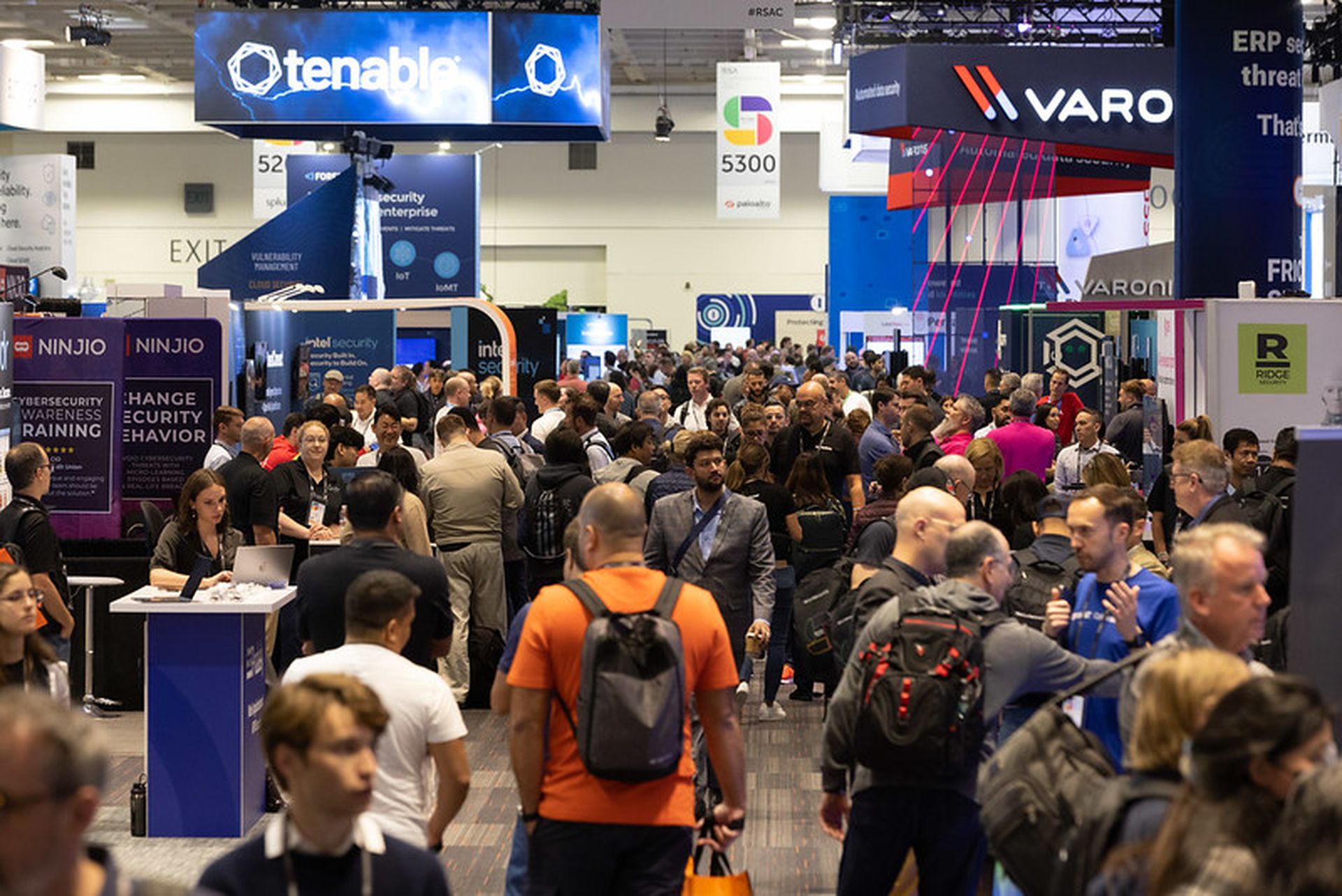
Last year was marked by change in the enterprise technology industry. Companies of all sizes were forced to confront increasing IT environment complexity driven by digital transformation, remote work, and the move to the cloud. Add staffing challenges, decreasing IT budgets, continued threat of cyberattacks, and tech pros had their hands full last year.
To remain competitive during this highly transformative year, companies implemented observability solutions, continued migrating their workflows and apps to the cloud, and emphasized cybersecurity. At SolarWinds we made changes of our own, evolving how we serve our customers and partners while keeping a focus on being Secure by Design.
If one thing is certain, it’s that change is the only constant. Heading into 2023, companies should continue embracing change by implementing modern technology designed to support their digital transformation efforts and their bottom lines.
Here’s a look back at the three trends that defined the industry in 2022:
Observability, AI and the road to autonomous operations
In 2022, remote work and the adoption of new productivity applications, cloud services, and other technologies led to increasingly complex IT environments. According to SolarWinds research, this created environments many professionals admitted they had difficulty managing. As a result, many tech teams were required to spend significant portions of their time troubleshooting and manually correcting issues in their IT environments instead of innovating.
To combat this complexity and free teams to focus on mission-critical work, more organizations embraced observability and took steps toward autonomous operations. Often thought of as the evolution of network, system, application, and database monitoring, observability provides organizations with comprehensive visibility into complex networks to help ensure high-performing and highly available networks, applications, and environments. Observability solutions with built-in artificial intelligence (AI) and machine learning (ML) capabilities provide companies with actionable intelligence to help teams make faster and more effective decisions related to issue resolution. Through observability solutions’ predictive analytics, more companies can proactively predict and prevent issues before they arise.
By leveraging these observability solutions in 2022, organizations were able to automate more IT management tasks — allowing technology teams to take a step toward autonomous operations environments requiring little-to-no human interference — and focus on work supporting their business.
Hybrid and multi-cloud environments are the norm
With digital transformation efforts accelerating across industries, more companies embraced the shift to the cloud.
Enterprises took advantage of the benefits offered by various vendors, migrating their applications and data to public clouds. This multi-cloud approach provided companies with the flexibility to leverage the most appropriate cloud for any workload and empowered developers to build and deliver custom web applications more quickly in multi-cloud environments. But despite this open embrace, the fact became clear most businesses would likely never entirely move to the cloud.
Though companies continued migrating to public clouds, they never abandoned on-premises data centers and private clouds to store sensitive company data, applications, or other company resources. These options are still in favor among businesses because they can help avoid lock-in costs associated with public cloud vendors and ensure regulatory and security compliance. This has resulted in the rise of hybrid IT environments, each of which is designed to meet the practical needs of diverse organizations.
To meet these needs, solutions providers emphasized technology with flexible deployment models. This included software-as-a-service-delivered options as well as hybrid cloud solutions designed to enable companies to deploy in data centers but easily implement technology in hybrid environments.
Cybersecurity remained in the spotlight
Between the ongoing boldness of nation-state actors, ransomware and the vulnerabilities presented by remote work, cybersecurity remained in the headlines in 2022. To combat these risks, companies invested in protection, with nearly 70% of organizations saying they planned to spend more on cybersecurity in 2022.
At SolarWinds, we’ve come face-to-face with the most sophisticated of these threats, which is why we’ve been focused on hardening our own cybersecurity posture and sharing what we’ve learned to help make the industry safer. These efforts were headlined by our Secure by Design initiative and the ongoing development of our transformational new model for software development known as the Next-Generation Build System. Designed to help establish a new standard for secure software development, we released components of the Next-Generation Build System as open-source software last year.
These efforts to mitigate and proactively combat cybersecurity risks were commended by the media and the industry, with SC Magazine calling us, “...one of the most secure software companies in the tech universe,” something we’re proud of.
Moving into 2023, businesses should expect the unexpected. As we reflect on 2022, we’re excited for what the future holds and all the possibilities ahead as we continue developing simple, powerful, and secure IT solutions designed for every business.



